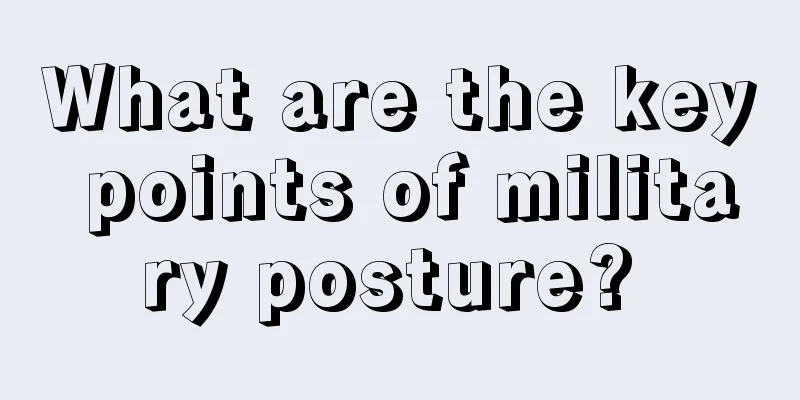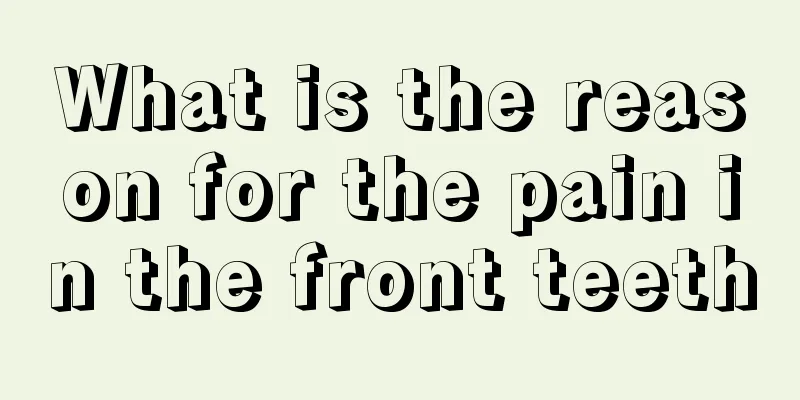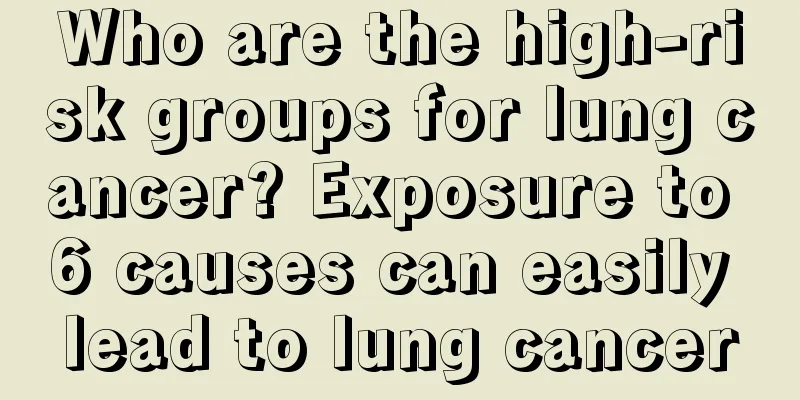What are the key points of military posture?

|
I believe everyone has had the experience of standing at attention. Perhaps many people do not know the importance of standing at attention. In fact, this is a very good way to exercise one's perseverance. When standing at attention, the movements must be very standard, and the body must not shake. And the time of standing at attention is usually longer. If you can persist for a long time, your whole body and mind will be tested. So what are the standard movements for standing at attention? Essentials of military posture: (I) Soldiers must: 1. resolutely execute orders and ensure that they are obeyed; 2. line up in the prescribed order, remember their positions, keep a straight posture and be in high spirits; 3. concentrate on listening to the commander's orders, and move quickly, accurately and in a coordinated manner; 4. keep the line neat and quiet, and consciously abide by the line discipline; 5. consciously apply the learned line movements in training, duty and daily life (2) Stand at Attention Standing at attention is the basic posture of a soldier and the foundation of formation movements. Command: Stand at attention. Key points: Keep your heels close together and aligned, and your toes apart by about 60 degrees; keep your legs straight; slightly retract your abdomen and naturally lift your chest; keep your upper body upright and slightly lean forward; keep your shoulders level and slightly stretched back; let your arms hang naturally, keep your fingers together and slightly bent, with the tip of your thumb against the second section of your index finger, and your middle finger against the crotch of your trousers; keep your head upright, your neck straight, your mouth closed, your lower jaw slightly retracted, and your eyes looking straight ahead. (3) Command for "at ease": At ease. Key points: Extend the left foot about two-thirds of the way in the direction of the toes, straighten both legs naturally, and keep the upper body in an upright position with most of the body's center of gravity falling on the right foot. When carrying a gun (barrel, cannon), the method of carrying remains unchanged, and the rest of the actions are the same as carrying with bare hands. If you rest for too long, you can change feet by yourself. Turning method while standing still (IV) Straddle stance (i.e. standing with strides) Straddle stance is mainly used in military gymnastics, on duty and standing on ships, and can be interchanged with standing at attention. Password: Stand astride. Key points: Step your left foot about one foot to the left, straighten your legs naturally, keep your upper body in an upright position, and place your body's center of gravity between your feet. Put your hands behind your back, hold your right wrist with your left hand, and bend your right hand fingers naturally with your palm facing backwards. Do not carry your hands behind your back when carrying a gun. (V) Neat and orderly: It is a queue action that enables queue members to keep rows and columns neat at prescribed intervals and distances. Alignment can be divided into alignment to the right (left) and alignment to the center. Command: Look to the right (left) - in line. Key points: The reference soldier does not move, while other soldiers turn their heads to the right (left) (when holding guns or cannons, they should quickly lift up their guns or cannons slightly upon hearing the advance order, and put them down after aligning them), and look at the cheeks of the soldiers on the right (left). The first four soldiers should be able to see the reference soldier, and from the fifth onwards, the limit is to be able to see themselves and the third person on the right (left). The people in the back row should first face forward and then look to the right (left). Password: Take Comrade ××× as the standard, look towards the center - in line. Key points: When the commander designates "Comrade ××× shall be the standard (or No. × shall be the standard)", the standard soldier answers "Here", and at the same time makes a fist with his left hand, extends the upper arm forward to be slightly level with the shoulder, raises the forearm vertically, and the palm of the fist is facing to the right. After hearing the command "Look to the center - align", they quickly put their hands down, and other soldiers followed the command to look to the right (left). Command: Look forward. Key points: Quickly turn your head and return to standing position. When the troops are aligned in a column, the command "align forward" can be given. (6) Command for reporting numbers: Report numbers. Key points: From right to left in the horizontal row (from front to back in the vertical row), people in the vertical row turn their heads (the vertical row turns their heads to the left) and report their numbers in a short and loud voice. The last person does not turn his head. When counting in a horizontal queue, the last person in the back row will announce "full five" or "missing × people". When the company assembles, each platoon leader reports the number of people in the queue to the commander. For example, "The ×th row is all present" or "×× people are present in the ×th row." If necessary, the company can also report the number uniformly. Key points: When the company implements unified counting, there should be no gaps between the rows, and they should be filled in to form a temporary horizontal formation. Before counting, the company commander first gives a warning, "When lining up, the platoon leader is the standard, and the whole company will fill in the gaps." Then he gives the order "Look right - align." After the whole company is in line, he gives the orders "Look forward - count" and "Count." Counting starts with the platoon leader, and the last person in the row reports "full squad" or "missing × people." (VII) Salute and salute after ceremony Salutes include the hand salute, the eye salute and the gun salute. 1. Salute command: Salute. Look to the right - salute. 1) Salute. Key points: Keep your upper body upright, raise your right hand quickly, put your five fingers together and stretch them naturally, and touch your middle finger about 2 cm in front of the right corner of the hat brim (when wearing a hat without a brim, touch the bottom edge of the hat wall above the temple), palm down, slightly outward (about 20 degrees), wrist must not bend, right upper arm slightly flat, in line with shoulders, and look at the recipient at the same time. 2) Tips for the eye contact salute: Stand upright facing the recipient, look at the recipient, and look them in the eye (the angle of turning your head to the right or left should not exceed 45 degrees). 2. Command to end the ceremony: Key points of the ceremony: Those who are saluting should put their hands down. Those who are saluting with their hands raised should stand at attention with their hands free or with a gun on their back. When they pause, they should face the recipient, stand at attention, raise their hands to salute, and turn their heads to the right. Those who are saluting with guns should turn their heads to the right, put down the gun with their right hand so that the base plate touches the ground lightly, and at the same time put down their left hand to stand at attention with the gun. (8) Sit down. Command: Sit down. Key points: Cross your left calf behind your right calf, sit down quickly, place your hands naturally on your knees, and keep your upper body upright. 9. Squat command: Squat. Key points: Take a half step back with your right foot, sit on your right heel (knees not touching the ground), place your hands naturally on your knees, and keep your upper body upright. If you squat for too long, you can change feet by yourself. 10. Command to stand up: Stand up. Key points: Stand up quickly with the whole body coordinated, and assume a straight posture or stand at attention with a gun (cannon) or a gun (barrel) on the shoulder. (XI) Turn right (left) Command: Turn right (left) - Key points of turning: Use the right (left) heel as the axis, and use force on the right (left) heel and the front of the left (right) foot at the same time to turn the body and foot 90 degrees to the right (left) in unison, with the weight falling on the right (left) foot. Take a shortcut and quickly move the left (right) foot closer to the right (left) foot to establish a correct posture. When turning and leaning on your feet, keep your legs straight and your upper body in an upright position. Turn half of the face to the left, and then turn 45 degrees according to the method of turning right (left). |
<<: What kind of underwear is good for your body
>>: What is the meaning of military posture?
Recommend
Who can't eat eggs
Eggs are rich in protein and have high nutritiona...
Is there any benign osteosarcoma
All osteosarcomas are malignant. Osteosarcoma is ...
What should patients with advanced lung cancer pay attention to in their diet? Patients with advanced lung cancer should pay attention to these in their diet
Lung cancer is an elderly disease, but now it is ...
Low pressure and high renal insufficiency
There are many causes of renal insufficiency, and...
How to remove hot pot smell from clothes
When winter comes, hotpot becomes popular. But af...
Difficulty in urination may lead to prostate cancer. These tests are required for diagnosis
Prostate cancer is one of the most common maligna...
How long is the shelf life of toothpaste?
Toothpaste is something we use in our daily life....
We need to know more about the treatment of colorectal cancer
As a common tumor disease, colorectal cancer can ...
Can white vinegar and honey be used together?
White vinegar is a condiment often used in househ...
How to treat anal fistula?
Anal fistula is a disease. In the early stages of...
Will picking your ears touch your eardrum?
I believe that many people like to clean their ea...
Can I eat leeks when I have thyroid nodules
Nowadays, more and more people believe in traditi...
How many fingers dilated should the uterus be when contractions occur every 5 minutes?
For women, they will face a lot of pain during pr...
How to choose a hospital for invasive cervical cancer
In recent years, the number of patients with cerv...
What are the symptoms of liver cancer? Introduction to the symptoms of liver cancer
When it comes to liver cancer, many people will d...









